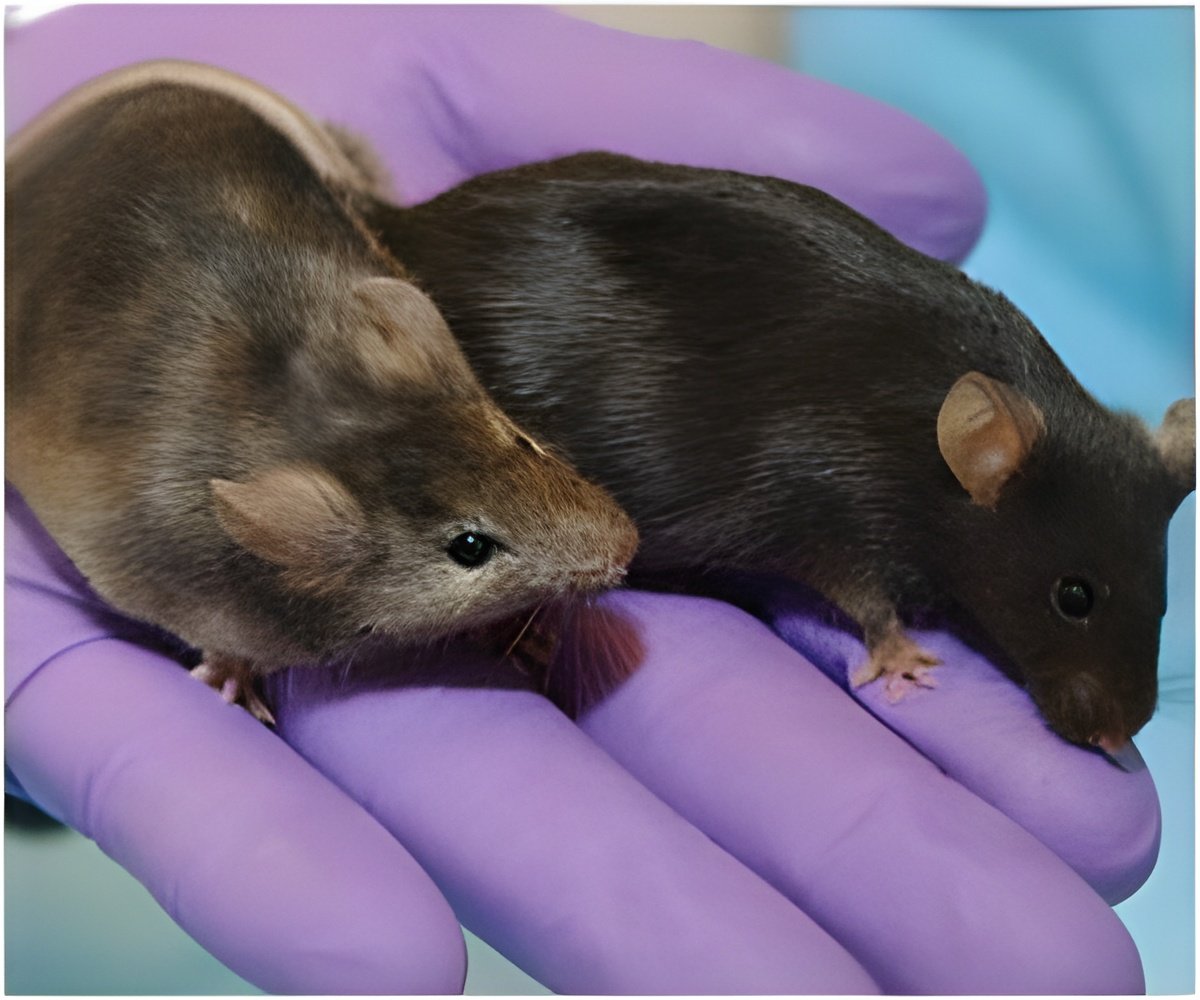
"Our goal is to find ways for antidepressants to work faster," says Blendy.
The proteins CREB and CREM are both transcription factors, which bind to specific DNA sequences to control the "reading" of genetic information from DNA to messenger RNA (mRNA). Both CREB and CREM bind to the same 8-base-pair DNA sequence in the cell nucleus. But, the comparative influence of CREM versus CREB on the action of antidepressants is a "big unknown," says Blendy.
CREB, and CREM to some degree, has been implicated in the pathophysiology of depression, as well as in the efficacy of antidepressants. However, whenever CREB is deleted, CREM is upregulated, further complicating the story.
Therefore, how an antidepressant works on the biochemistry and behavior in a mouse in which the CREB protein is deleted only in the hippocampus versus a wild type mouse in which CREM is overexpressed let the researchers tease out the relative influence of CREB and CREM on the pharmacology of an antidepressant. They saw the same results in each type of mouse line – increased nerve-cell generation in the hippocampus and a quicker response to the antidepressant. Their findings appear in the Journal of Neuroscience.
"This is the first demonstration of CREM within the brain playing a role in behavior, and specifically in behavioral outcomes, following antidepressant treatment," says Blendy.
Advertisement
Antidepressants like SSRIs, NRIs, and older tricyclic drugs work by causing an immediate flood of neurotransmitters like serotonin, norepinephrine, and in some cases dopamine, into the synaptic space. However, it can take three to four weeks for patients to feel changes in mental state. Long-term behavioral effects of the drugs may take longer to manifest themselves, because of the need to activate CREB downstream targets such as BDNF and trkB, or as of yet unidentified targets, which could also be developed as new antidepressant drug targets.
Advertisement
Animals that receive no drug treatment take a long time to venture out into the anxious environment to retrieve the treat, however, if given an antidepressant drug for at least three weeks, the time it takes a mouse to get the treat decreases significantly, from about 400 seconds to 100 seconds. In mice in which CREB is deleted or in mice in which CREM is upregulated, this reduction happens in one to two days versus the three weeks seen in wild-type mice.
The accelerated time to approach the treat in mice on the medication was accompanied by an increase in new nerve growth in the hippocampus.
"Our results suggest that activation of CREM may provide a means to accelerate the therapeutic efficacy of current antidepressant treatment," says Blendy. Upregulation of CREM observed after CREB deletion, appears to functionally compensate for CREB loss at a behavioral level and leads to maintained or increased expression of some CREB target genes. The researchers' next step is to identify any unique CREM target genes in brain areas such as the hippocampus, which may lead to the development of faster-acting antidepressants
Source-Eurekalert









